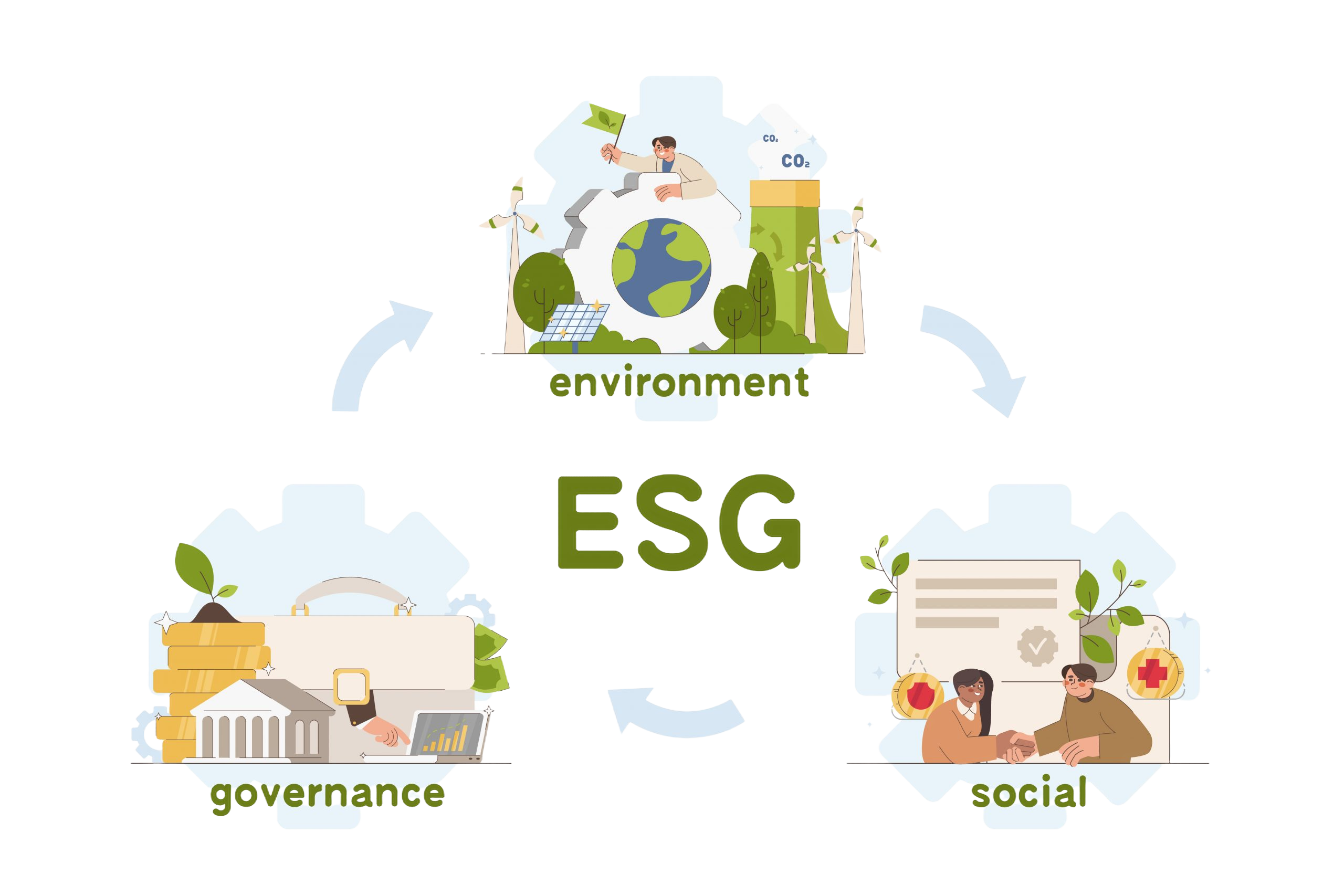Leveraging Digital Data from Ontario Energy Utilities
Financial and Insurance Institutions Use Case
Introduction
Obtaining building energy data has historically been a tedious, exasperating, and expensive process for both energy consumers and third-party entities. These challenges led many to abandon the endeavor or seek external assistance, both of which often resulted in additional expense, reduced understanding of the energy footprint and added complexity to manage operational costs. However, Governments, including Ontario, have consulted with the people and are working on ways to allow monthly bills and down to 5 minute metering data to be digitally provided to outside industries and innovators on a daily basis. The goal is to implement data infrastructures that would compel energy Utilities and energy ratepayers to interact with others, so a range of benefits would be achieved for all.
These include
Increased conservation and energy efficiency
Creation of economic development opportunities
Increased process efficiencies and reduced costs
Reduced utility customer care effort
Enable opportunities to streamline energy reporting and benchmarking
Supporting Distributed Energy Resources (DERs)
Seeking electric billing and metering information for several reasons
Recent regulations (e.g., Regulation 633/21 in Ontario) require Utility energy data, including energy usage and account holder information (bill and meter information) collected by the energy provider (Utility “Source of Truth” data), be made available digitally to account holders in the normal course of the Utility’s operations. In 2024, innovative solutions can leverage the results of this new regulation to significantly alleviate the burden of accessing digitized data for Utility Account holders and other stakeholders seeking reliable information. This newfound ease of access empowers multiple parties to utilize the data effectively to assist on energy management and sustainability.
Financial and Insurance institutions can now leverage the insight and Source of Truth that utility data provides to ultimately mitigate risk through access to 2 years’ worth of history and ongoing into the future. A few examples of how this information is used by today when it is accessible by insurance and banking institutions is detailed below:
Risk Assessment and Pricing
Insurance companies use data from electric billing and metering to assess risk. An example, Property insurance: Information about a property’s energy usage can help insurers evaluate risks related to fire, electrical systems, and appliances. Business insurance: Energy consumption patterns may indicate operational risks or safety hazards. Banks consider energy usage when assessing loan applications. In both personal and business mortgage applications, utility costs are taken into consideration as part of the cost of ownership. Higher utility costs may reduce net operating income and increase the risk associated with lending, which would be reflected in the loan pricing.
Fraud Detection
The use of electric billing data can reveal anomalies or irregularities. Banks and insurers use this information to detect potential fraud. For example, sudden spikes in energy usage might indicate unauthorized activity or changes in occupancy.
Business Continuity and Resilience
Insurers assess a business’s resilience to disruptions. Energy data helps evaluate how well a company can withstand power outages or other emergencies. Banks consider a business’s continuity planning when providing loans. Energy data informs their assessment.
Energy Efficiency and Sustainability
Banks and insurers increasingly prioritize sustainable practices. They encourage businesses to adopt energy-efficient measures. By analyzing energy data, banks can identify companies committed to sustainability and offer incentives or discounts.
Smart Grid Integration
Smart meters provide near real-time data on energy consumption. Banks and insurers collaborate with utilities to leverage this data where possible. For instance, net energy metering allows businesses to feed excess energy back into the grid. Banks may consider this when evaluating a company’s financial health.
Emerging Technologies
Electric vehicle charging stations, distributed renewable generation or Distributed Energy Resources (DERs), and behind-the-meter storage are becoming common. Banks and insurers need data to understand their impact. Energy usage patterns influence risk assessments and pricing.
Regulatory Compliance
Federal legislation governs electricity metering in Canada. The Weights and Measures Act (WMA) and the Electricity & Gas Inspection Act (EGIA) sets and manages rules for fair measurement. Banks and insurers must comply with these regulations when using energy data and Canadian Utilities do as well. In summary, electric billing and metering information is crucial for informed decision-making, risk assessment, and promoting sustainable practices in the corporate sector. Without up to date and current information, the underlying analysis, whilst helpful in providing a general overview, may be inaccurate.
Insurance and Bank Institutions manage the sustainability of their own facility assets
Canadian banks and insurance companies have a vested interest in energy data for several reasons, including managing the sustainability of their own facility assets and ensuring corporate compliance and oversight on conservation activities.
Climate Risk Management and Reporting

Canada’s financial regulator, the Office of the Superintendent of Financial Institutions (OSFI), has recently introduced guidelines for climate risk management. These guidelines require major banks and insurance companies to disclose climate-related risks in their operations. Starting from fiscal year 2024, these institutions must report on areas such as governance, strategy, risk management, and metrics related to climate impact. They need to address identified climate risks, assess their impact on business, and outline transition plans towards sustainability. Additionally, they must report greenhouse gas emissions (including those they finance, facilitate, and insure) and align with initiatives like the Net-Zero Banking Alliance or the Net-Zero Insurance Alliance. Without the necessary data and tools, meeting these requirements requires a lot of manual input, analysis and added costs, adding unnecessary layers, time, data error mitigation and complexity to the reporting that may not be as accurate as required. This inaccuracy has already proven to be an issue when baselining results and then later receiving more accurate data inputs only a few years later to review progress.
ESG (Environmental, Social, and Governance) Reporting Requirements

ESG (Environmental, Social, and Governance) reporting is gaining prominence globally. In Canada, large banks, insurance companies, and federally regulated financial institutions will be required to provide ESG disclosures starting in 2024. This includes information related to climate risks, energy efficiency, and sustainability efforts.
Business Continuity and Resilience

Energy data helps these institutions assess their own resilience to disruptions. Understanding energy usage patterns allows them to plan for contingencies, such as power outages or emergencies. By managing energy efficiently, they enhance their ability to maintain operations even during adverse events.
Regulatory Compliance

Federal legislation in Canada governs electricity metering and reporting. Banks and insurers must adhere to these regulations to ensure compliance. Proper energy data management is essential for meeting legal requirements and avoiding penalties. Through these requirements, whether required or optional, accurate and up to date energy data plays a crucial role in sustainable practices, risk management, and regulatory compliance for Canadian banks and insurance companies.
Where can these Organizations get Auditable Data
The digitization of energy data from Ontario Utilities presents significant opportunities for financial institutions. By analyzing this data, financial institutions can enhance their risk management, improve customer experiences through easy to manage and authenticated access to Source of Truth data from Energy Utilities, and contribute to a more sustainable financial system.
In this Use Case, we explore how digital energy data benefits insurance and financial institutions, with a focus on the Office of the Superintendent of Financial Institutions (OSFI) guidelines and Ontario Regulation 633/21.
Climate Risk Management and Financial Institutions
Office of the Superintendent of Financial Institution's Role
The Office of the Superintendent of Financial Institutions (OSFI) plays a crucial role in supervising federally regulated financial institutions (FRFIs) and pension plans. Its objective is to contribute to public confidence in the financial system. One critical area of focus is Climate Risk Management.
Climate-Related Risks
Physical Risks: These arise from climate-related extremes and events (acute physical risks) and longer-term shifts in climate (chronic physical risks). They can impact anon FRFI’s operations, insurance claims, and investments. Transition Risks: These stem from the adjustment toward a low-greenhouse gas (GHG) economy. They result from government policies, technological advancements, and market sentiment changes.
Ontario Government - Ontario Regulation 633/21
Ontario Regulation 633/21 mandates that energy providers (Electricity and Natural Gas Utilities) collect and make energy data available to account holders. Key points include:
Energy Data: Includes usage and accountholder information (Billing and metering data).
NAESB ESPI Standard: Energy providers must implement this standard to share data with accountholders (Green Button Standard)
Access to Data: Accountholders and authorized entities can access energy data (i.e., Utility ratepayers can provide access to third parties using the secure NAESB ESPI 3.3 Standard).
Opportunities for Financial Institutions
Digital energy data from Ontario Utilities offers insurance and financial institutions a unique opportunity to enhance risk management, improve customer services, and contribute to a sustainable financial system. Screaming Power’s EZGB (Easy Green Button Connector) bridges the gap between complex energy data retrieval from multiple utilities (50+ Ontario utilities) and actionable insights that can be used by many. It simplifies access and control for accountholders and insurance / financial institutions where this data can be quickly authenticated and authorized by the Customer / Utility Account Holders. By embracing digitization and leveraging tools like EZGB, insurance and financial institutions can play a vital role in shaping the energy landscape of the future.
Data-Driven Decision-Making
Similar to banks leveraging data for personalized services, insurance and financial institutions can use energy data to enhance risk assessments and customer experiences. As noted earlier, this data is used across a multitude of business lines and functions to mitigate risk and provide necessary reporting, however, there are also new and exciting opportunities for institutions to provide end users connected access to their data in a push/pull system through the existing secure client portals.
Standardization
Whilst the ability to access data is important, when there are multiple underlying sources, standardization in the presentation is paramount. Electrical and Natural Gas utilities in Ontario have operated separately for most of their history and remain independent companies. It is not unusual for a utility to use a unique software system, and even with the same software it is typical for each utility to have configured their system differently. With Green Button data from different utilities coming together in the Green Button format, variations in mapping, charge descriptions, and units prevent interoperation. EZGB employs sophisticated transformation management and regression testing to convert the Green Button information from different utilities into an interoperable form, so that our users can treat data from all utilities the same way. EZGB unlocks the potential of Green Button through standardization and alignment of polymorphic Green Button data.
Conclusion
In summary, the digitization of energy data provides Insurance and financial institutions with valuable insights, and Screaming Power’s EZGB service facilitates seamless interaction between financial / insurance institutions and energy utilities. By harnessing these opportunities, institutions can drive positive change and contribute to a greener, more efficient world. If you have any further questions or need additional details, feel free to ask!
About Screaming Power
2015
2016
2018
2021
2022
2023
2024
Disclaimer
The Author is not an expert in the Banking or Insurance industry. For specific subject matter expertise please contact specific institutions and see sources of this report below.
Report Sources
(1) Canada Announces Climate Reporting Requirements for Banks, Insurers …. https://www.esgtoday.com/canada-releases-climate-reporting-requirements-for-banks-insurers-beginning-2024/
(2) Canada ESG (Environmental, Social, and Governance) Reporting Requirements in 2024 – Laws, Rules & Regulations. https://www.brightest.io/canada-esg-reporting .
(3) Bank of Canada Disclosure of Climate-Related Risks 2022. https://www.bankofcanada.ca/2023/04/bank-of-canada-disclosure-of-climate-related-risks-2022/
(4) Ontario Regulatory Registry, Regulatory proposal for province-wide implementation of Green Button October 8, 2020. https://www.ontariocanada.com/registry/view.do?postingId=34747
(5) O. Reg. 633/21: ENERGY DATA filed September 2, 2021, under Electricity Act, 1998, S.O. 1998, c. 15, Sched. A. Ontario Regulation 633/21 https://www.ontario.ca/laws/regulation/r21633
Other Sources
- Climate Risk Management – Office of the Superintendent of Financial …
- Law Document English View | Ontario.ca
- Digitization: Banking, Telecommunications, and now Energy Data
- Green Button Ontario
- Fintech is changing the conversation in Canada’s financial … – PwC
- Financial data unbound: The value of open data for individuals and …
- Digital transformation and the utility of the future – Deloitte
- Canada’s financial sector: an industry in transformation
- Climate risks – Office of the Superintendent of Financial Institutions
- OSFI consults on expectations to advance climate risk management …
- Building Federally Regulated Financial Institution Awareness and …
- OSFI consults on expectations to advance climate risk management …
- OSFI consults on expectations to advance climate risk management …
- Fueling the energy transition: Opportunities for financial institutions
- O Reg 633/21 | Energy Data | CanLII
- Ontario’s Regulatory Registry
- https://canlii.ca/t/b9z7
- https://canlii.ca/t/556vd
- www.electricity.ca
- www.energyregulationquarterly.ca
- www.nbpower.com
- https://www.iea.org/commentaries/large-consumers-can-help-drive-the-clean-energy-transition-but-they-need-better-data
